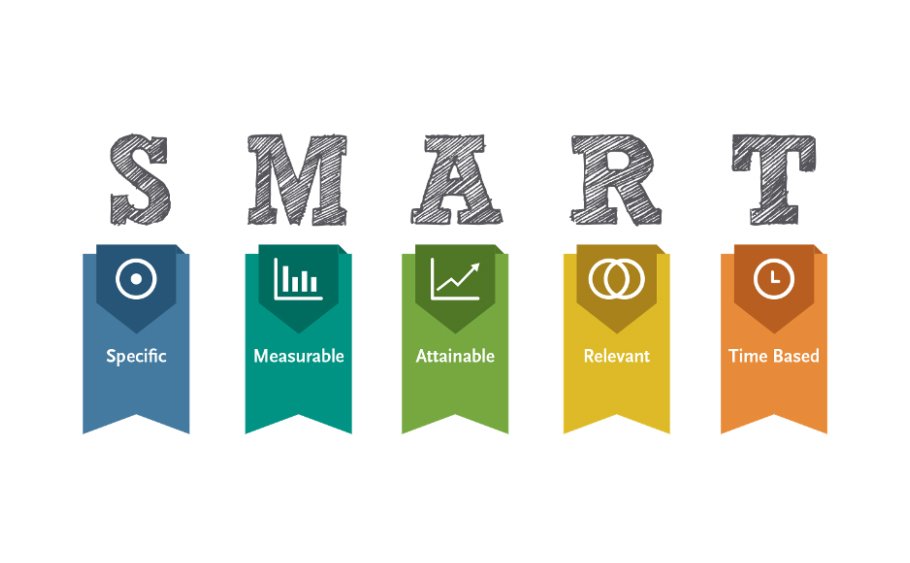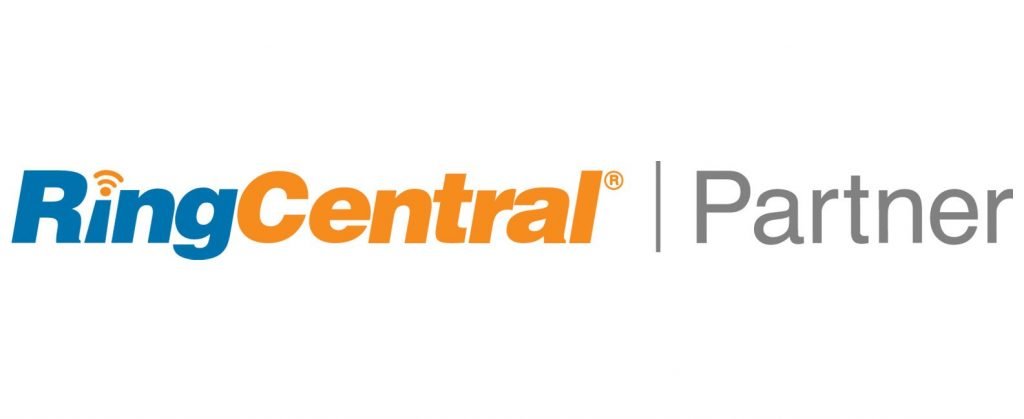- Home
- Zoho Marketing
-
-
- Marketing Strategies
- All Zoho Marketing Strategies Overview
- Zoho Account-Based Marketing (ABM) Strategy
- Zoho Behavioral Marketing Strategy
- Zoho Buyer’s Journey
- Zoho Buyer Personas
- Zoho Campaign Management Strategy
- Zoho Contact Management Strategy
- Zoho Contextual Marketing Strategy
- Zoho Conversational Growth Strategy
- Zoho Customer Segmentation Strategy
- Zoho Growth Hacking Strategy
- Zoho Lead Engagement Strategy
- Zoho Lead Generation Strategy
- Zoho Lead Nurturing Strategy
- Zoho Lead Scoring Strategy
- Zoho Customer Lifecycle Strategy
- Zoho Marketing Personalization
- Zoho Progressive Profiling
- Zoho SMART Marketing Goals
- Marketing Strategies
-
-
- Zoho Apps
-
- White Label
- Resources
- About
- Contact Us




